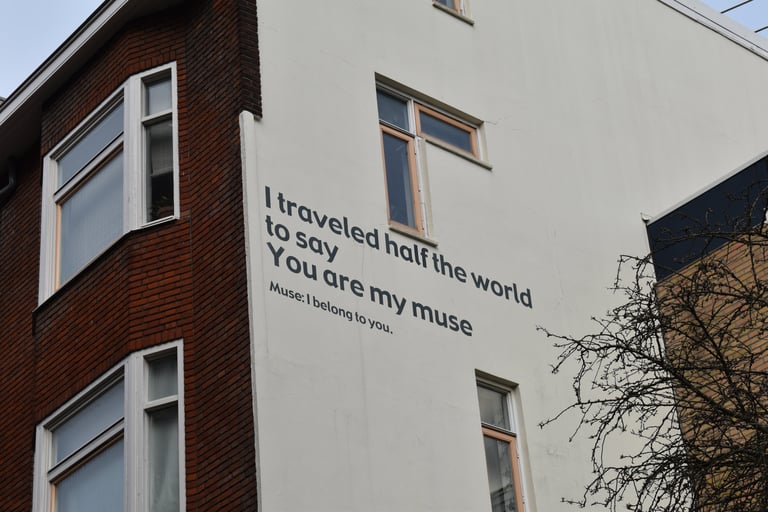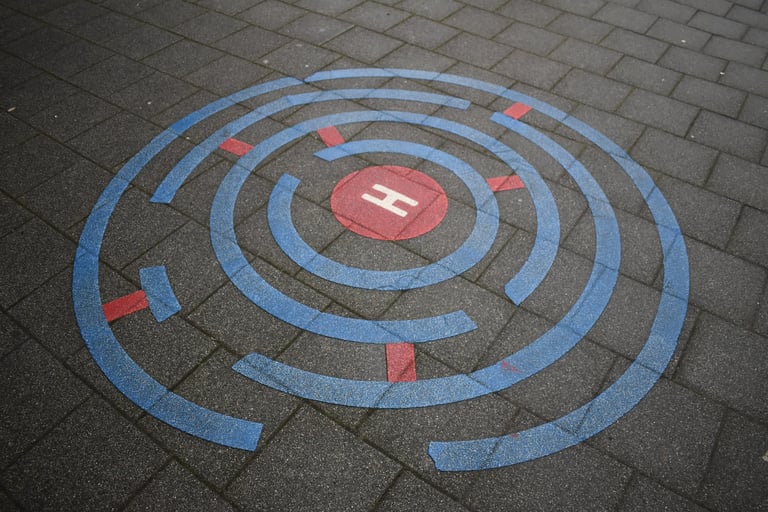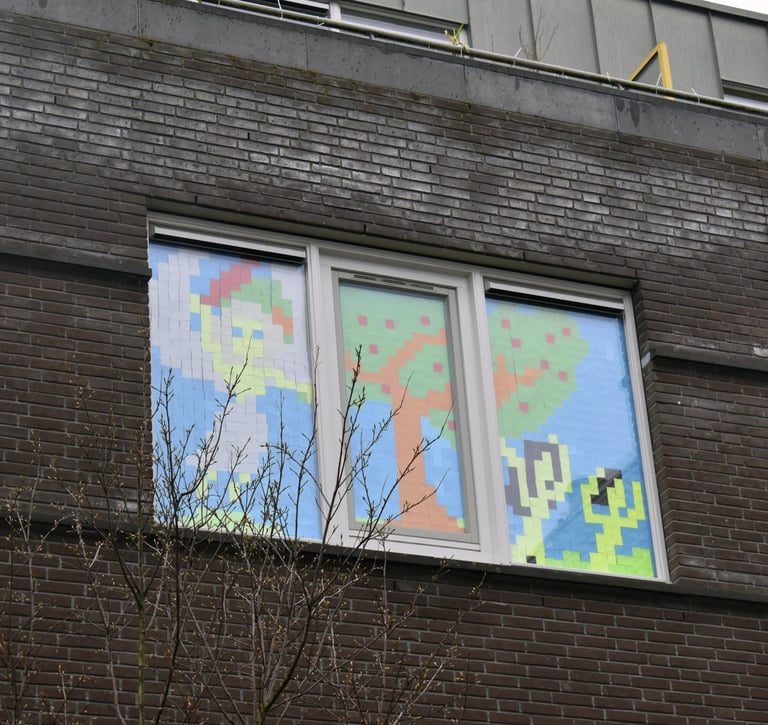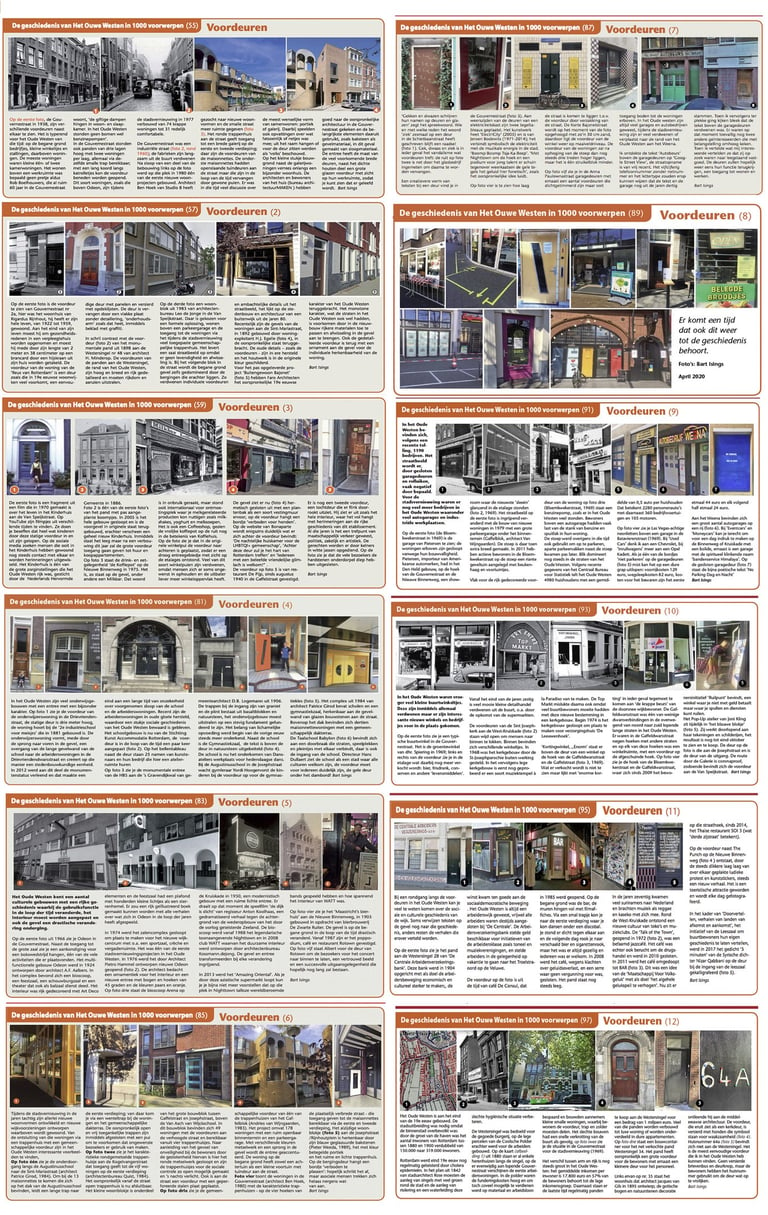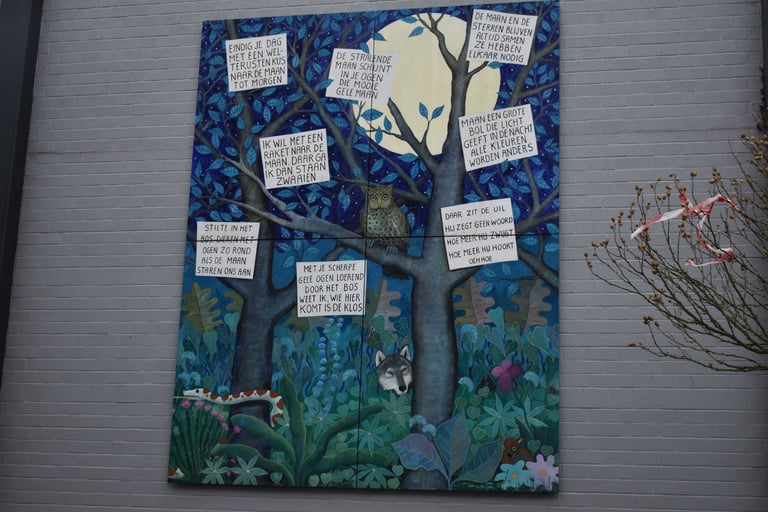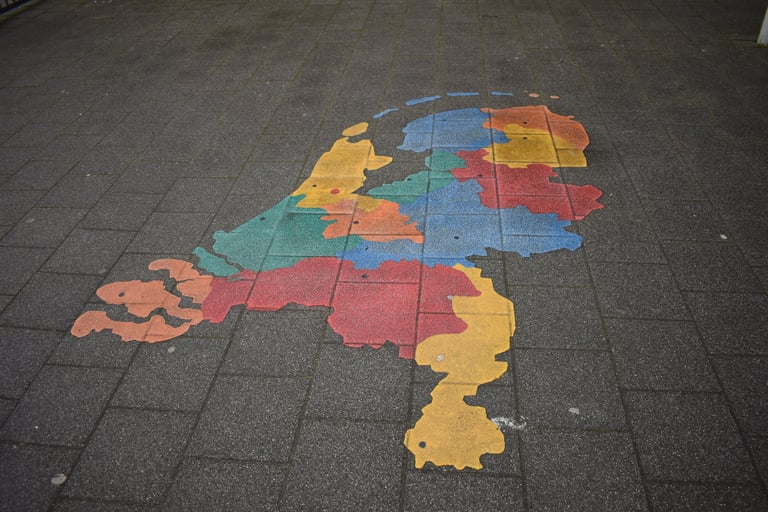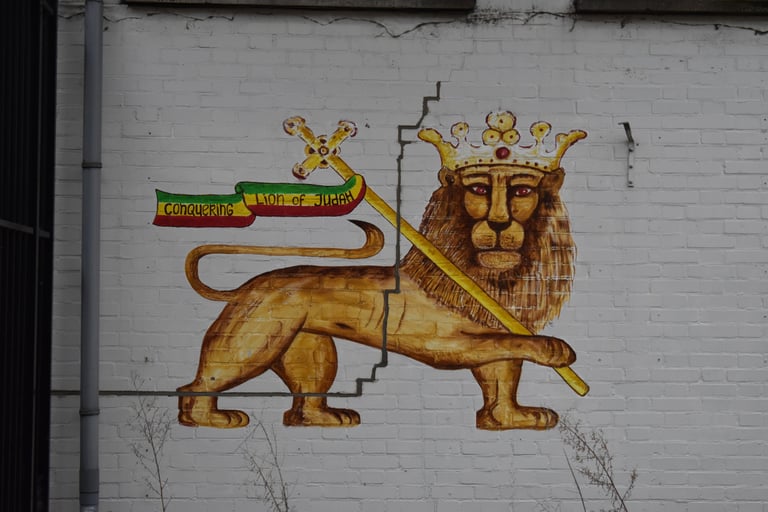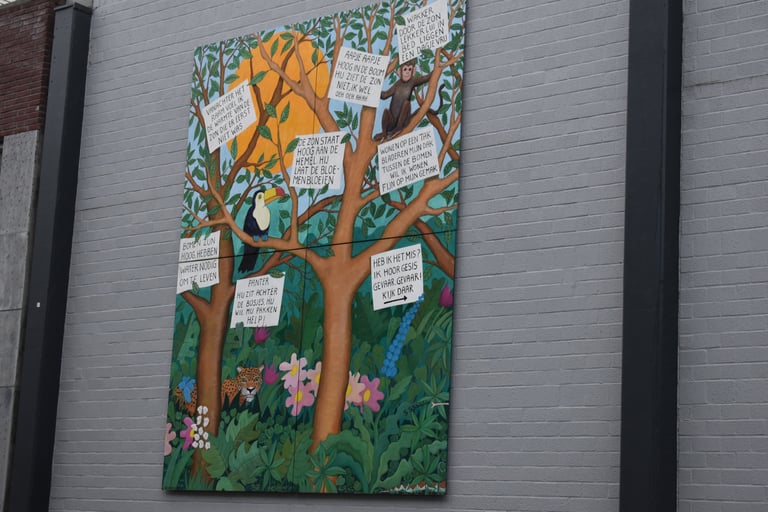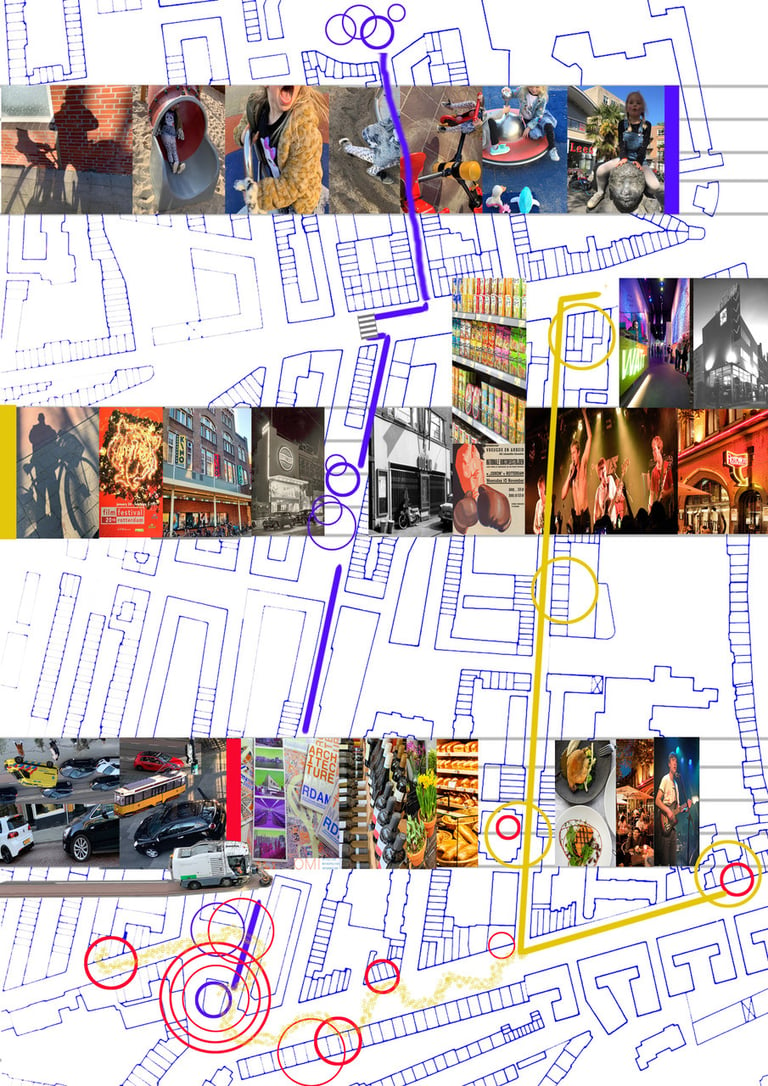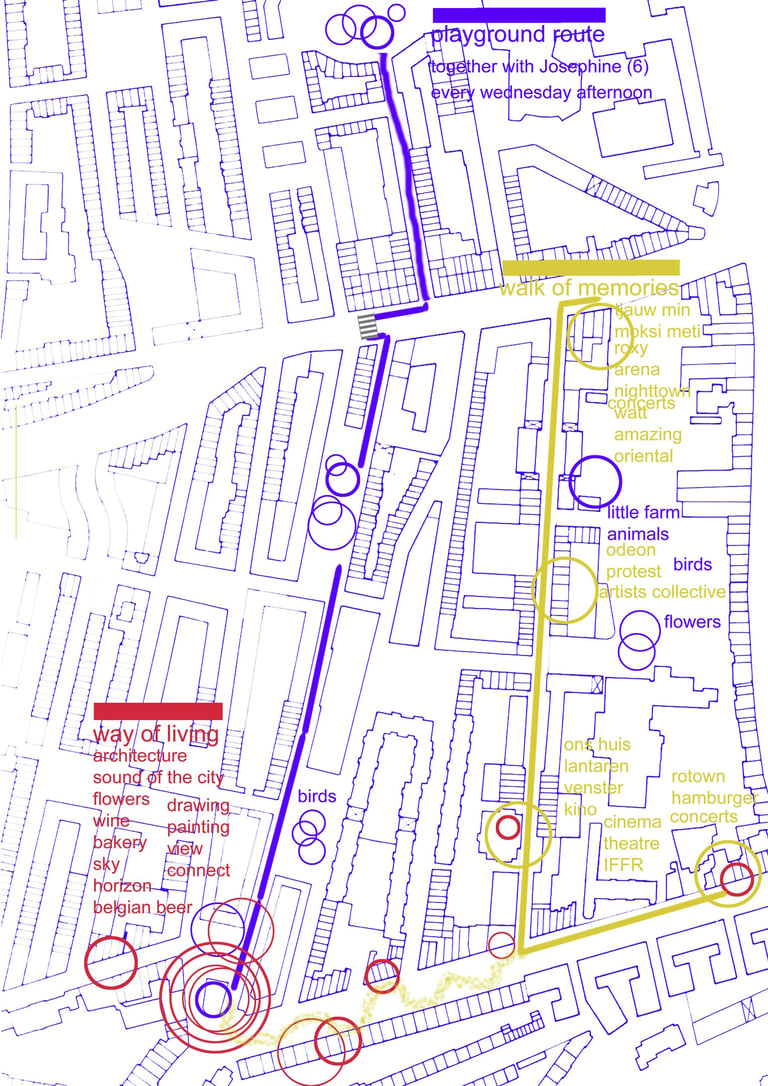Oude Westen project, Musicographics
In 2024 I completed my Master’s thesis at Istanbul Technical University, a project that brought together more than a decade of my work at the intersection of architecture and music. Titled “Theorematic Music Composition as a Lens for Urban Design, Psychogeography and Community”, the research explored how personal narratives and lived experiences of a city can be transformed into music.on.
Murat Ali Cengiz
9/27/20252 min read
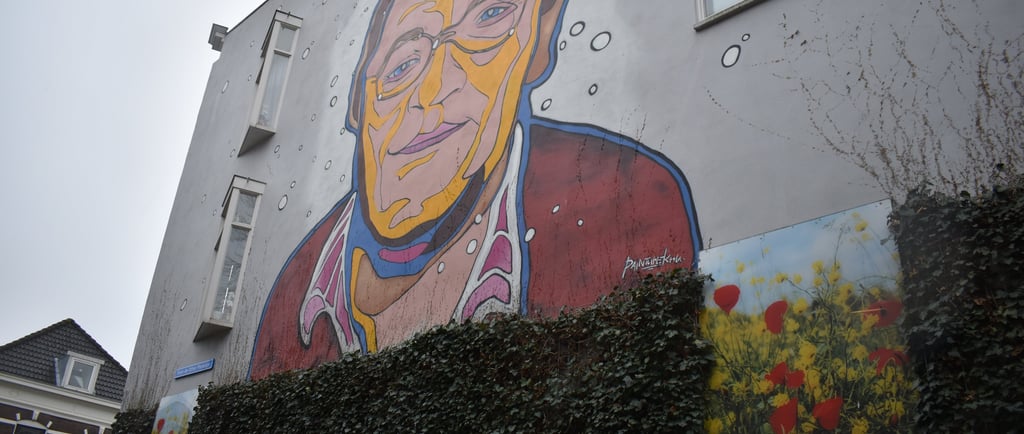

In 2024 I completed my Master’s thesis at Istanbul Technical University, a project that brought together more than a decade of my work at the intersection of architecture and music. Titled “Theorematic Music Composition as a Lens for Urban Design, Psychogeography and Community”, the research explored how personal narratives and lived experiences of a city can be transformed into music.
The central case study took place in Oude Westen, a historic neighborhood on the edge of Rotterdam’s city center. Working with the Office for Metropolitan Information (OMI), I collaborated with two local residents, each offering very different perspectives on the same urban fabric.
The first participant, a graphic designer and part-time postman, mapped his postal delivery routes across the neighborhood. His eye for detail translated into carefully drawn diagrams that reflected the uniform yet subtly varied architecture of the area. He spoke about how the repetition of blocks created “old uniform and new uniform” streets, and how this quiet monotony gave the Oude Westen its own charm.
The second participant, a retired architect and author, chose routes that carried memories of his life: strolling with his granddaughter to watch birds, revisiting cultural centers from his youth, and tracing paths that had shifted meaning as the neighborhood evolved. At first his maps were cryptic collages of photos, but when asked to refine them into keywords, they revealed themes of memory, daily life, and play. He described the neighborhood as “a place of everyday beauty” that only revealed itself when you looked past its plain façades.
Using these narratives, I translated their routes into graphic music diagrams through Theorematic Music Composition (TMC). Each diagram was developed with the Musicographics software, a tool designed to visualize musical ideas as networks rather than linear timelines. By importing the participants’ routes into the program, I could preserve scale and distance while turning nodes and connections into musical structures. The software allowed both repetition and variation to emerge naturally, mirroring the rhythms of walking through a neighborhood.
The resulting compositions included:
Schietbaan, a solo for double bass, referencing the military history of the street.
3014 Postroute, which abstracted postal delivery routes into shifting intervals.
Together with Josephine, a bansuri and double bass duo evoking a child’s playground stroll.
Nieuwe Binnenweg, a baritone saxophone solo capturing the chaos of traffic and daily life.
Walk of Memories, a saxophone and bass duo reimagining old venues and personal history in swing style.
The works were performed by Giuseppe Doronzo (baritone saxophone) and Johannes Fend (double bass) at OMI’s space in April 2021. The performance was accompanied by live animated graphic notation generated from the Musicographics software, projected for both the musicians and the audience to follow. This visual layer allowed listeners to trace the neighborhood’s stories as the music unfolded.
The concert was streamed online as part of Fonds PodiumKunsten’s Balcony Sessions during the pandemic. For many, it was one of the first cultural gatherings after a year of isolation. Audience members remarked on how the music and projections allowed them to experience the Oude Westen through someone else’s eyes. One of the participants said that the performance felt “like watching my life as a musical.”
This project revealed how personal narratives can become communal soundscapes, turning private memories into collective experience. It was not only about composing music, but also about composing community—making space for individual voices to resonate together in the shared fabric of the city.

